LONDON, Oct. 10, 2025 (GLOBE NEWSWIRE) — Concern over the long-term effects of head injuries in rugby and American football has inspired a new approach to athlete care. Oralift Neuro, an emerging concept at the initiation stage, explores how…
Blog
-
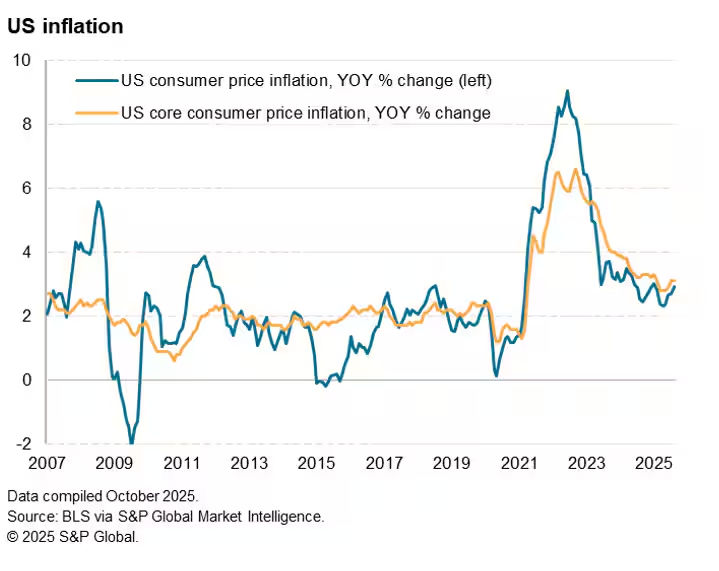
Week Ahead Economic Preview: Week of 13 October 2025
The following is an extract from S&P Global Market
Intelligence’s latest Week Ahead Economic Preview. For the full
report, please click on the ‘Download Full Report’ link.Download Full Report
US shutdown prompts more data worries as policy clues are
soughtClues as to the path of US interest rates will hopefully be
provided from updated inflation numbers and economic activity data,
but a prolonged government shutdown would mean a lack of key US
data releases, engendering more uncertainty in the markets and
heightened growth worries. US tariff impact will, however, be
monitored via industrial production numbers for the US as well as
trade numbers out of mainland China and the eurozone. In the UK,
labour market and GDP come under scrutiny.At the time of writing, an ongoing federal government shutdown
is set to affect US data releases in the coming week, including
consumer and producer price inflation numbers, as well as retail
sales data. The markets are expecting consumer prices to have risen
0.3% after a 0.4% rise in August, but for core inflation to hold
steady at 0.3%. Producer prices are meanwhile anticipated to have
risen 0.3% after a surprise 0.1% drop in August. Weakening price
trends will add to the odds of a further FOMC rate cut, but the
case for lower rates will also likely hinge on the activity data.
Fed-compiled industrial production data could therefore prove the
US data highlight of the week, alongside New York and Philly Fed
surveys.Trade and inflation data are meanwhile issued for mainland
China, as are industrial production and trade data for the
eurozone. The data will be scoured for clues as to the impact of US
tariffs, though to also see whether domestic factors such as
increased fiscal spending may be offsetting some of the dampening
impact of the levies.GDP data for August and the latest official labour market data
will be digested by UK economy watchers keen to gauge fiscal
implications ahead of November’s Budget. Prior data showed the
economy flatlining in July and ongoing steep job losses, the latter
largely blamed on last year’s Budget.
Recent PMI survey data have also disappointed, likewise
signalling a stagnating economy and falling employment. More weak
data could tip the scales further toward rate cuts by the Bank of
England. The Bank held rates steady at 4.0% at its last meeting,
but two of the nine policymakers voted to cut rates due to growth
concerns.S&P Global will also be publishing the Investment Manager
Index (IMI) survey, revealing how institutional US equity investor
sentiment trends have changed in October.
Last month’s survey showed heightened risk aversion amid
worries over valuations and the political environment.If released, US inflation numbers will be watched for signs
of tariff levies being passed through to end consumers. So far, the
inflation numbers have not risen as much as many analysts had
feared, but headline inflation was up to 2.9% in August with core
at 3.1%, and it remains early days in terms of the degree to which
the import levied might be expected to impact high street
prices.Key diary events
Monday 13 Oct
Americas
Canada Market Holiday
– Brazil Business Confidence (Oct)EMEA
– Germany Current Account (Aug)APAC
Japan, Thailand Market Holiday
– China (Mainland) Trade (Sep)
– India Inflation (Sep)Tuesday 14 Oct
S&P Global Investment Manager Index* (Oct)
Americas
– Canada Building Permits (Aug)EMEA
– UK BRC Retail Sales Monitor (Sep)
– Germany Inflation (Sep, final)
– UK Labour Market Report (Aug)
– France IEA Oil Market Report
– Eurozone ZEW Economic Sentiment (Oct)
– Germany ZEW Economic Sentiment (Oct)APAC
– Singapore GDP (Q3, adv)
– Australia NAB Business Confidence (Sep)
– Australia RBA Meeting Minutes (Oct)
– India WPI (Sep)
– China (Mainland) New Yuan Loans, M2, Loan Growth (Sep)Wednesday 15 Oct
Americas
– Brazil Retail Sales (Aug)
– Canada Manufacturing Sales (Aug, final)
– US Inflation (Sep)
– US NY Empire State Manufacturing Index (Oct)EMEA
– Germany Wholesale Prices (Sep)
– France Inflation (Sep, final)
– Spain Inflation (Sep, final)
– Eurozone Industrial Production (Aug)APAC
– China (Mainland) Inflation (Sep)
– Japan Industrial Production (Aug, final)
– India Unemployment (Sep)
– India Trade (Sep)Thursday 16 Oct
Americas
– Canada Housing Starts (Sep)
– US PPI (Sep)
– US Retail Sales (Sep)
– US Initial Jobless Claims
– US Philadelphia Fed Manufacturing Index (Oct)
– US Business Inventories (Aug)
– US NAHB Housing Market Index (Oct)EMEA
– UK monthly GDP, incl. Manufacturing, Services and Construction
Output (Aug)
– Italy Inflation (Sep, final)
– Eurozone Balance of Trade (Aug)
– Italy Balance of Trade (Aug)APAC
– Japan Machinery Orders (Aug)
– Australia Employment Change (Sep)Friday 17 Oct
Americas
– US Building Permits (Sep, prelim)
– US Housing Starts (Sep)
– US Industrial Production (Sep)
– US Capacity Utilization (Sep)EMEA
– Eurozone Inflation (Sep, final)APAC
– South Korea Export and Import Prices (Sep)
– South Korea Unemployment Rate (Sep)
– Singapore Non-Oil Domestic Exports (Sep)
– Malaysia Balance of Trade (Sep)
– Malaysia GDP (Q3, prelim)* Access press releases of indices produced by S&P Global
and relevant sponsors
here.Download Full Report
© 2025, S&P Global. All rights reserved. Reproduction in whole
or in part without permission is prohibited.
Purchasing Managers’ Index™ (PMI®) data are compiled by S&P Global for more than 40 economies worldwide. The monthly data are derived from surveys of senior executives at private sector companies, and are available only via subscription. The PMI dataset features a headline number, which indicates the overall health of an economy, and sub-indices, which provide insights into other key economic drivers such as GDP, inflation, exports, capacity utilization, employment and inventories. The PMI data are used by financial and corporate professionals to better understand where economies and markets are headed, and to uncover opportunities.
Learn more about PMI data
Request a demo
This article was published by S&P Global Market Intelligence and not by S&P Global Ratings, which is a separately managed division of S&P Global.
Continue Reading
-
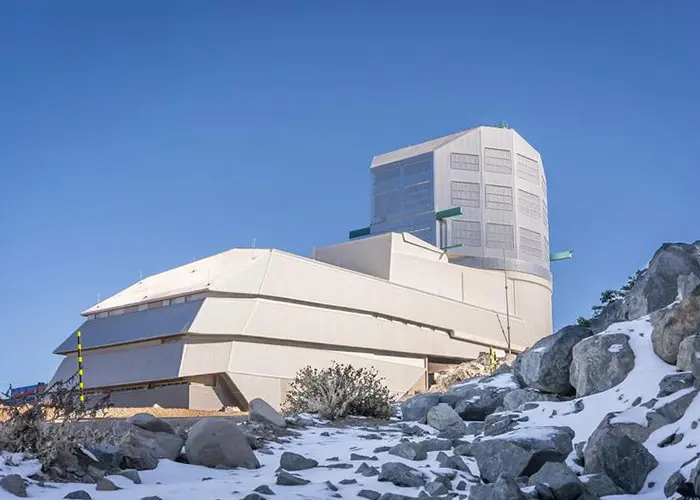
Discovery of binary stars the first step in creating movie of the universe
A world-first discovery of binary stars could be the first step in building a more complete picture of how our galaxy formed, according to astronomers from The Australian National University (ANU).
The discovery is part of an ambitious 10-year…
Continue Reading
-
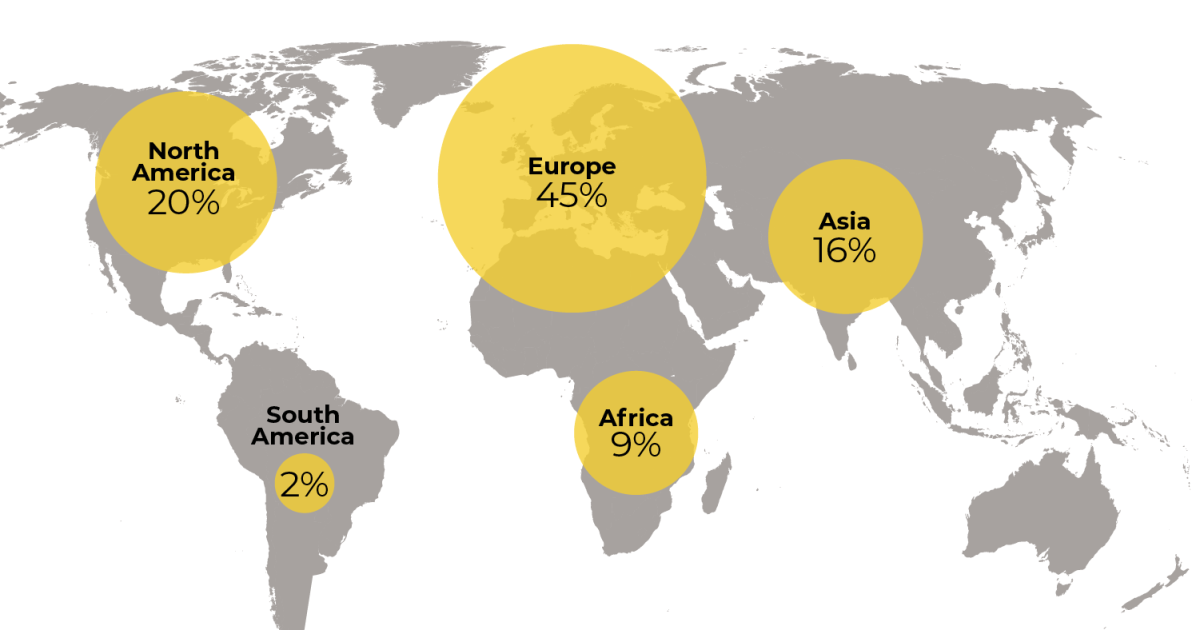
Complete list of Nobel Peace Prize winners (1901–2024) | Politics News
The 2025 Nobel Peace Prize is scheduled to be announced on Friday, October 10, at 11:00 am local time in Oslo, Norway (09:00 GMT).
The announcement comes from the Norwegian Nobel Institute on behalf of the all-Norwegian, five-member Nobel…
Continue Reading
-
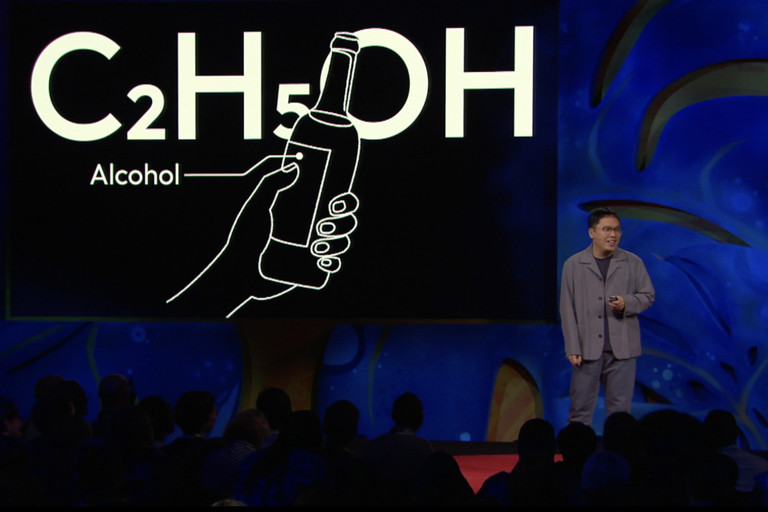
Climate Solutions Already Exist – Here’s How to Speed Up Adoption
By Dr. Hao Xu, Head of Climate Innovation, Tencent
We already have the technologies to fight climate change – so why aren’t we deploying them faster?
That was the question I explored in my TED Countdown Talk. As Head of Climate Innovation at Tencent and an environmental engineer by training, I believe the biggest barrier to decarbonization isn’t the lack of technology – it’s how we work together.
The good news? There’s a way forward. Many scalable climate solutions are available today. From bacteria that turn CO₂ into fuel, to cooling materials that help save glaciers, we can make real impact now. The key is accelerating them by uniting science, engineering, and business to turn bold ideas into real-world solutions that help decarbonize the planet.
Catalyzing emerging low-carbon technology
“I’m more optimistic than ever that we have the answer to accelerating climate innovation, and it’s simple.”
Dr. Hao Xu, Head of Climate Innovation, Tencent
Although Tencent is not a major emitter, we are deeply committed to sustainability and tackling climate change. We have pledged to achieve carbon neutrality in our operations and supply chain by 2030 and are leveraging our capabilities to fulfil our mission of creating tech for good.
Beyond improving data center efficiency and sourcing renewable energy, we’re focused on how to catalyze the next generation of climate technology. That’s why we launched our CarbonX program in partnership with industry, investors and innovators. Three years in, I’m more optimistic than ever, because we think the right answer is not so complicated.
Through CarbonX, we’ve learned that successful climate tech acceleration happens when four key areas work in harmony.
1. Scientific innovation: saving decades of climate tech R&D
Let’s start with the science, which is in advanced stages. We can capture solar energy, store it using cutting-edge chemistry, and convert CO₂ into valuable products – shaving decades off development.
Take Gasgene, a startup we work with through CarbonX. Using CRISPR – a gene editing tool – to reprogram clostridium bacteria, they’ve essentially taught these microorganisms to “eat” carbon dioxide and produce butanol instead. Butanol is found in clothing, paint, water bottles, toys and the like. With engineered clostridium, we can make these everyday products from captured carbon instead of fossil fuels.
2. Engineering expertise: scaling the science from lab to real world
Next is engineering, which acts as the bridge from lab to production, bringing scientific ideas to life at scale.
Imagine building a facility to produces 20,000 tons of butanol a year from captured CO₂. Engineers must decide: what size reactors are needed? Can we use standard equipment, or must systems be customized? How do we optimize for cost, safety and energy?
Think of it like LEGO – you use existing blocks wherever possible to build something new quickly and efficiently.
Feynman Dynamics, another CarbonX innovator, faced this challenge. Their goal: produce sustainable aviation fuel by combining captured CO₂ with green hydrogen. Their breakthrough? A catalyst that blends these ingredients at the molecular level, like a smoothie machine. Inspired by pharmaceutical chemistry, they created a reactor that delivers consistent, scalable performance, cutting waste and boosting efficiency.
3. Business knowhow: turning innovation into industry
However, even the best-engineered solution can fail without a viable business model. Markets, costs and customer demand drive adoption and innovations must make commercial sense.
Yuanchu, a startup that captures CO₂ and turns it into calcium carbonate – used in paper, makeup, and toothpaste – found a smart market fit. Instead of mining limestone, they repurpose steel and industrial by-products, cutting both emissions and costs.
Another example is Moguang, which developed cutting-edge radiative cooling material that reflects over 90 percent of sunlight. It cools objects naturally without using electricity. We piloted this technology on the endangered Dagu Glacier in southwestern China. After three years, melting slowed by 80 percent.
Today, that same material is used in hundreds of thousands of smartphone screens and sports cameras. From glaciers to gadgets, climate tech innovation is full of possibilities.
4. Integration: solving the bottlenecks
So, what’s holding us back? It’s not invention, it’s isolation.
Scientists focus on discovery. Engineers optimize performance. Businesses look at balance sheets. But rarely do they work together from day one.
To accelerate climate solutions, however, these disciplines must collaborate from the start. That means:
- Scientists asking: how much energy does it take to capture one ton of CO₂?
- Engineers asking: can this be deployed at industrial levels?
- Business leaders asking: when can we make this cost effective?
These aren’t easy conversations. But such cross-disciplinary tensions are essential to speed up progress and get us closer to decarbonization.
We’ve already seen this model succeed. With Gasgene, we helped form a clean chemical consortium, linking startups, chemical companies, and consumer brands to make carbon-based products a reality. That alignment enabled pilot deployment and scaling.
To recap, we don’t need to wait for new inventions. We need to work faster, and work together. That’s how we can accelerate the transition to a low-carbon world!
Continue Reading
-

Diversity and antimicrobial resistance among bacterial isolates from finfish aquaculture in Thailand | BMC Veterinary Research
SEAFDEC. The Southeast Asian state of fisheries and aquaculture 2022. Southeast Asian Fisheries Development Center; 2022.
Suyamud B, Chen Y, Quyen DTT, Dong Z, Zhao C, Hu J. Antimicrobial resistance in aquaculture: occurrence and strategies in…
Continue Reading
-
SBP chief stresses economic stability – Dawn
- SBP chief stresses economic stability Dawn
- Rate cut unlikely this month, says SBP governor Dawn
- Pakistan Central Bank Says Further Rate Cuts Hinge on IMF Review Bloomberg.com
- SBP sees recovery, analysts disagree The Express Tribune
- Inflation projected to remain 5–7% despite flood pressures, says SBP governor Profit by Pakistan Today
Continue Reading
-
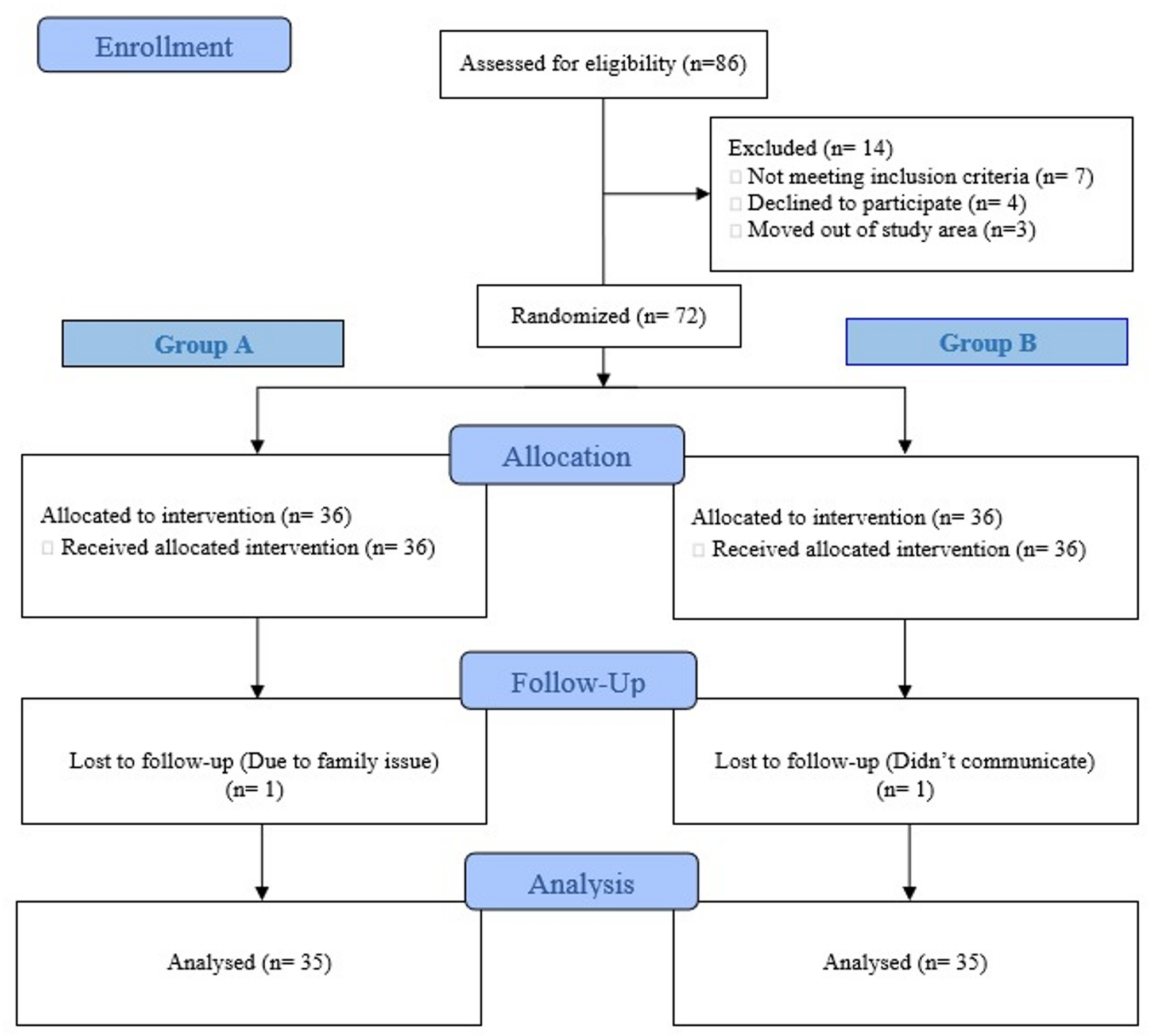
Efficacy of physiotherapy with occupational and speech therapy for improving physical & behavioral status among children with autism spectrum disorder (ASD): an assessor blinded randomized clinical trial | BMC Pediatrics
Lord C, Elsabbagh M, Baird G, Veenstra-Vanderweele J. Autism spectrum disorder. Lancet. 2018;392(10146):508–20. https://doi.org/10.1016/s0140-6736(18)31129-2.
Google Scholar
…Continue Reading
-
The Muslim cause – Dawn
- The Muslim cause Dawn
- Pakistan’s Gaza assignment: Policing resistance for Trump’s ‘peace’ thecradle.co
- ‘Gratitude is due …’: Pakistan takes a U-turn; after Dar’s objection, PM Shehbaz hails Trump’s Gaza pea Times of India
- A farce of a…
Continue Reading
